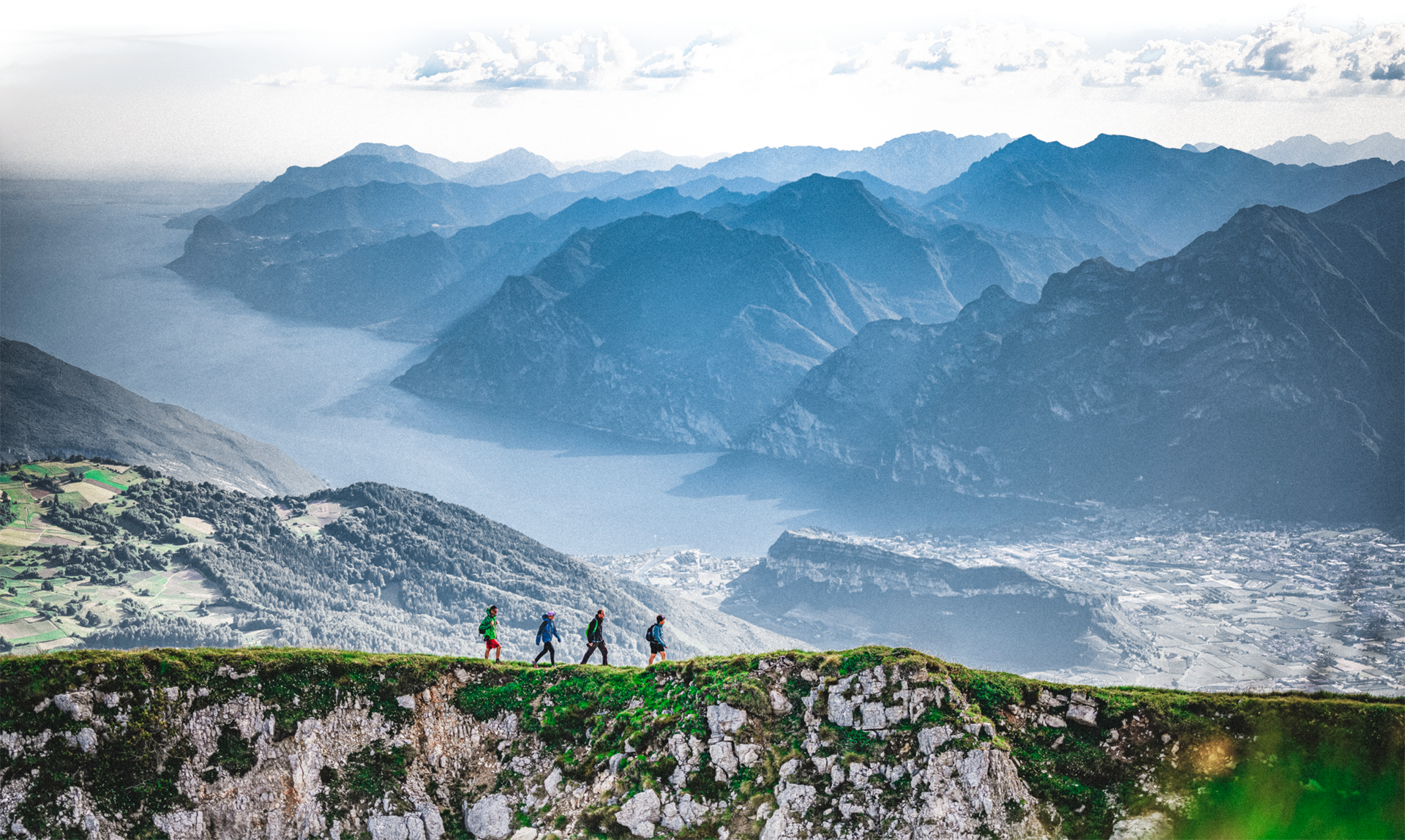
It’s the first thing you notice when you arrive in Upper Garda – after the lake, of course. We’re talking about the olive trees that cover the “Busa”, the plain that roughly corresponds to the area between Riva del Garda, Arco and Torbole. Their presence is widespread and consistent, forming a belt that stretches almost uninterrupted around the settlements, at altitudes between 100 and 350 metres, tinting the mountain slopes with a silvery green.
It’s remarkable to think that many of these olive groves date back to the Middle Ages – meaning this shimmering green has been part of the landscape for centuries. Today, olive trees are a symbol of the area, but their origins go back even further: it was the Romans who introduced olive cultivation to the shores of Lake Garda, probably in the first century AD, when they recognised the potential of this mild-climate land for crops typical of the Mediterranean basin.
By medieval times, olive cultivation was already widespread, and olive oil production had become an integral part of the local economy. This period saw the slopes of Upper Garda transformed: terracing and dry-stone walls were built to carve out small plots of arable land from the mountains, and pathways were created by generations of farmers. These features have left their lasting mark on the land – a testament to both the resourcefulness of the locals and their enduring determination to make use of every cultivable space.
In many ways, not much has changed. The small plots, often hard to reach by vehicle, are still lovingly tended by local families, mostly by hand. Today, around 120,000 olive trees flourish in the area. Most of them – about 80% – are of the indigenous Casaliva variety, with others including Frantoio and about 5% of different varieties, both local and Tuscan. This diversity helps keep the trees healthy and promotes pollination.
This is a centuries-old tradition, yet one that continues to evolve thanks to innovation and improvements in agricultural techniques.
The true “revolution” began in the second half of the 19th century, when agronomist Carlo Hugues sought to improve the quality of local olive oil. His key innovations included early harvesting at the start of veraison (the ripening phase), processing the freshly picked fruit, and cold pressing – all of which are now standard practices in modern olive oil production.
Thanks to the continued efforts of local oil mills, these methods have been perfected over time, and today Garda Trentino extra virgin olive oil is internationally recognised for its outstanding quality and flavour.
Between the valley floor and the rocky cliffs above Arco, the Olive Trail winds its way for about 7 kilometres. Along the route, 14 installations tell the story of how the olive tree has shaped the landscape, traditions and cuisine of Garda Trentino over the centuries.
This path has long been a favourite of the Central European aristocracy who wintered in Arco – and thanks to the mild climate, walking among the olive groves is a year-round pleasure. The best time to explore the Olive Trail, however, is from October to November, during the olive harvest. Just watch out for the nets, be patient, and you’ll find yourself part of a ritual that has been repeated for centuries.
After all, the cultivation of olives is a symbol of resilience and harmony with nature. It demands time and patience, following the rhythm of the seasons, the strength of the sun, and the character of the soil. It’s a practice shaped by gestures passed down through generations and by the silent presence of centuries-old trees—guardians of ancient knowledge and precious fruit.
This article was published in the third issue of BLU, the Garda Trentino magazine. It tells the story and evolution of olive growing in Upper Garda, where olive trees shape the landscape and give life to award-winning extra virgin olive oil. Want to taste it for yourself? Book a table at one of the “Vacanze con Gusto” restaurants or visit one of the area’s farms or oil mills.


